
Why Are There Expensive Bibles? Unpacking the Cost of Sacred Texts.
Bible12th of October, 2024
When you walk into a bookstore or browse online for a Bible, you may notice a wide spectrum in pricing. While many editions are quite affordable, others can command staggering prices, often reaching into the hundreds or even thousands of dollars. This raises a question: why do some Bibles cost so much? The answer is multifaceted, touching on aspects of craftsmanship, materials, heritage, and collectibility.
1. Craftsmanship and Quality
One of the primary factors driving the price of expensive Bibles is the craftsmanship involved in their production. Many high-end Bibles feature:Leather Covers: Premium Bibles often come with covers made from high-quality leather, such as premium cowhide, goatskin, or even lambskin. These materials not only provide durability but also a luxurious feel and aesthetic. The tanning and finishing processes can be labor-intensive, contributing to the overall cost.
Binding: Expensive Bibles usually employ superior binding techniques. Goatskin and leather Bibles often use Smyth sewing, which allows the pages to lie flat when open. This level of craftsmanship requires skilled artisans and specialized machinery, leading to increased production costs.
Paper Quality: The paper used in expensive Bibles tends to be thicker, acid-free, and sometimes even wood-free. This quality reduces the bleed-through from ink and increases durability, significantly impacting production costs.
2. Design and Typography
Many high-end Bibles are designed with attractive features that not only improve the readability but also enhance the experience of engaging with the text:Typesetting: Expensive Bibles typically employ high-quality typesetting, with carefully selected fonts that are easier on the eyes for long reading sessions. Some editions even feature special layouts with line matching to minimize bleed-through.
Illustrations and Annotations: Some Bibles come with intricate illustrations, maps, and commentary notes. The addition of these elements involves extensive research, design work, and sometimes collaboration with biblical scholars, all of which contribute to the cost.
3. Limited Editions and Collectibility
Collectors and bibliophiles often seek out limited edition Bibles, which can significantly increase their market value. Factors contributing to this include:Special Features: Collectible editions may feature unique elements like gold leaf pages, hand-painted illustrations, or personal dedications by noted theologians or authors. These extraordinary features create a sense of rarity and desirability.
Historical Editions: Antique Bibles, including first editions of historically significant translations like the Gutenberg Bible or the King James Version, can fetch astronomical prices due to their importance and scarcity. Collectors view these as investment pieces, akin to rare art or coins.
4. Cultural and Religious Significance
The Bible is not just another book; it holds profound significance for millions of people around the globe. This spiritual importance can elevate its perceived value beyond mere materials:Personal Connection: Many individuals view their Bible as a sacred object, and some may be willing to invest more for editions that reflect their personal faith journey or enhance their worship experience.
Gift-Giving: High-end Bibles are often purchased as gifts for significant life events such as baptisms, weddings, or graduations. The desire to give a meaningful, lasting gift can justify the higher price.
5. Publisher Reputation and Heritage
Lastly, the reputation of the publisher can play a significant role in the price of a Bible. Established publishers with a long history in Bible production, like Thomas Nelson, Zondervan, and Crossway, often carry a premium due to their commitment to quality and tradition. Many high-end editions come with extensive background stories about their production process, further adding to their allure and perceived value.Conclusion
In conclusion, the price of expensive Bibles can be attributed to an elegant mix of quality, craftsmanship, design, collectibility, cultural significance, and publisher reputation. Just as with any valuable item, the costs can often reflect a deeper story, one that intertwines artistry, faith, and personal connection. Whether you choose to invest in an expensive Bible or prefer a more budget-friendly option, what truly matters is the heart behind the words and the impact it has on your spiritual journey.Popular Bible versions: A Guide for Every Reader
The Bible, one of the most widely read and influential texts in history, has been translated into countless versions and languages, each offering unique interpretations and styles. For readers—whether they are scholars, seekers, or casual believers—the choice of a Bible version can matter significantly. In this blog post, we will explore some of the most popular Bible versions available today, providing insights into their characteristics, strengths, and ideal audiences.1. King James Version (KJV) Published: 1611
The King James Version , or KJV, is often regarded as the quintessential English translation of the Bible. Commissioned by King James I of England, this translation is celebrated for its majestic prose and poetic rhythms. While some modern readers may find its archaic language challenging, the KJV remains beloved for its memorability and literary beauty. It's particularly favored in many Protestant denominations and is frequently quoted in literature, music, and public discourse.
Strengths: Timeless language that resonates with many readers. Deeply rooted in Christian tradition. Extensive use in liturgy and memorization.
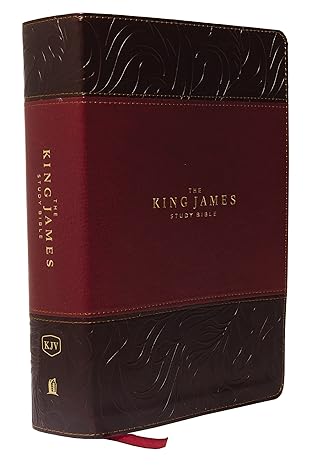
2. New International Version (NIV) Published: 1978 (updated in 2011)
The New International Version has become one of the most popular modern translations for its balance between readability and accuracy. Aimed at both the layperson and scholars, the NIV employs contemporary language while maintaining faithfulness to the original texts. It is widely used in churches, study groups, and personal devotion.
Strengths: Clear and straightforward language. Engages a wide audience, both young and old. Extensive study resources available.
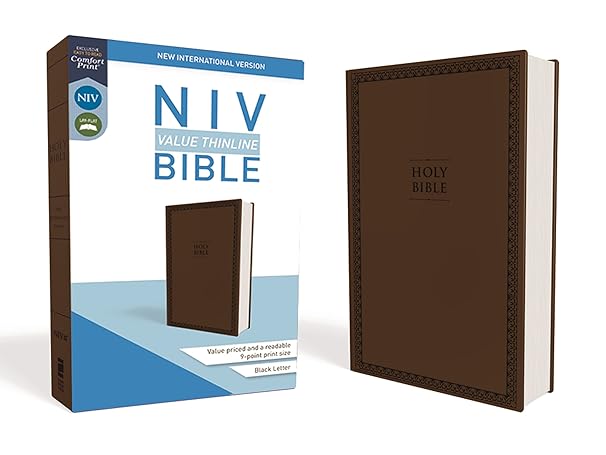
3. English Standard Version (ESV) Published: 2001
The English Standard Version is known for its word-for-word translation philosophy, which aims to preserve the literary style and accuracy of the original texts. This version is particularly favored among Reformed and evangelical communities. The ESV is often praised for its clarity and precision, making it a great choice for both individual study and public reading.
Strengths: High accuracy and faithfulness to original texts. Suitable for in-depth study and teaching. Designed for both personal and congregational use.
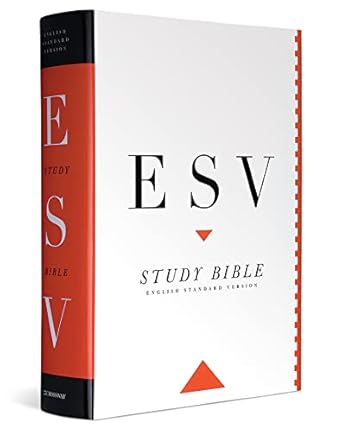
4. New Living Translation (NLT) Published: 1996 (updated in 2004 and 2015)
The New Living Translation is designed to be accessible and easy to read, making it a great option for individuals who may struggle with more traditional translations. The NLT prioritizes thought-for-thought translation, resulting in a version that conveys complex ideas in simple language. It is popular among new believers and those exploring faith for the first time.
Strengths: Extremely readable and engaging. Ideal for devotional reading and outreach. Inclusive language that welcomes diverse audiences.
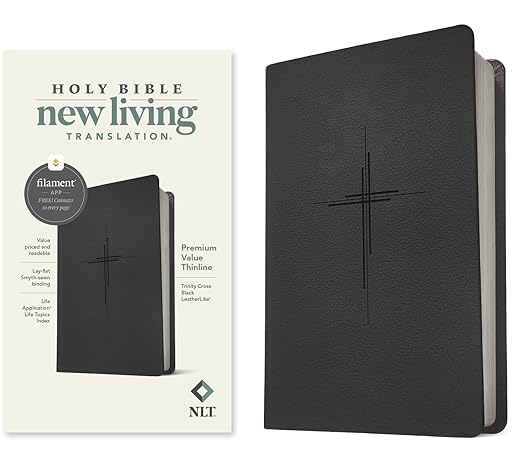
5. New King James Version (NKJV) Published: 1982
The New King James Version seeks to maintain the beauty of the KJV while updating the text for modern readers. It retains the traditional style and cadence that many KJV readers appreciate while removing some of the antiquated language. The NKJV is popular among those who value the heritage of the KJV but seek a fresh approach.
Strengths: Retains the beauty and reverence of the KJV. Modernized language for better understanding. Strong textual foundation for study and worship.
6. The Message (MSG) Published: 2002
The Message is a paraphrase of the Bible rather than a direct translation. Created by Eugene Peterson, this version renders the biblical texts into contemporary, idiomatic English. It's particularly valued for its approachable style and conversational tone, making it an excellent resource for readers looking for a fresh perspective on Scripture.
Strengths: Highly accessible and engaging. Encourages readers to connect with the scriptures personally. Excellent for devotional reading and group discussions.
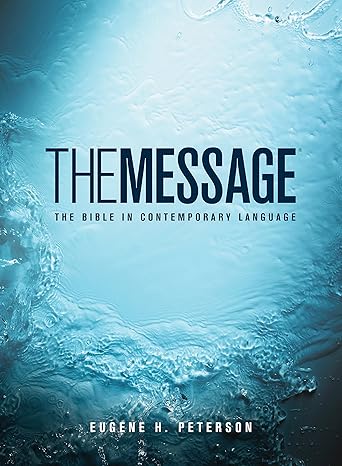
Choosing a Bible version can be a deeply personal decision influenced by individual preferences, literary appreciation, and theological considerations. While the King James Version remains a timeless classic, modern translations like the NIV, ESV, and NLT offer clarity and accessibility for today’s readers. Whether you are studying the Bible in-depth, seeking inspiration, or embarking on a spiritual journey, there is a version out there for everyone. As you explore different translations, consider how each one speaks to your heart and mind, guiding you on your unique faith journey.
Feel free to share your experiences with different Bible versions in the comments below—what has worked best for you, and how has it impacted your understanding of Scripture?